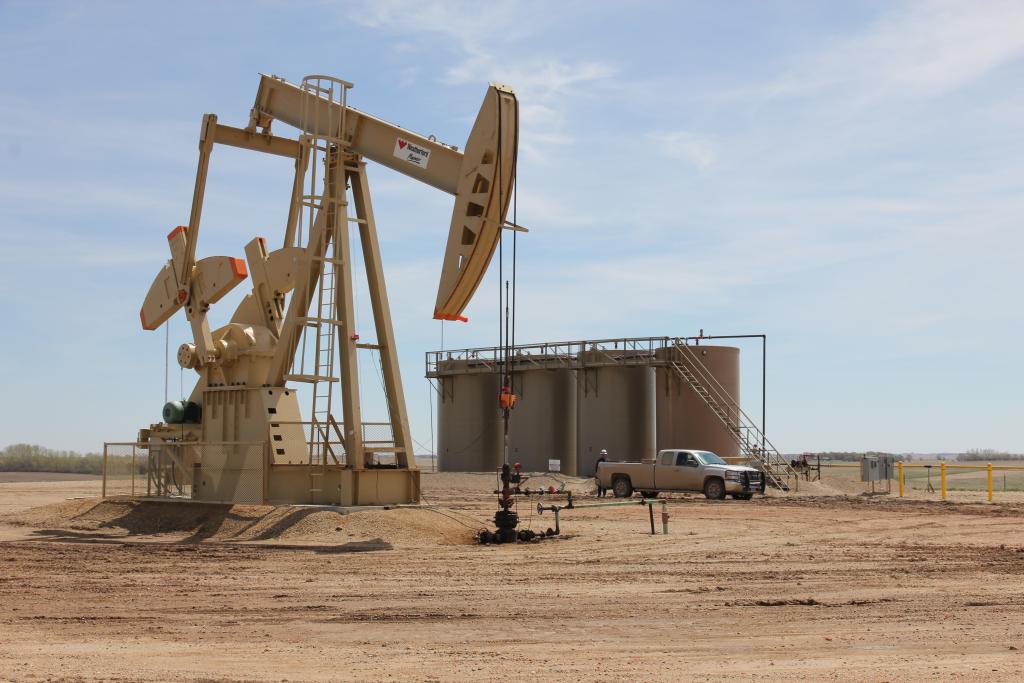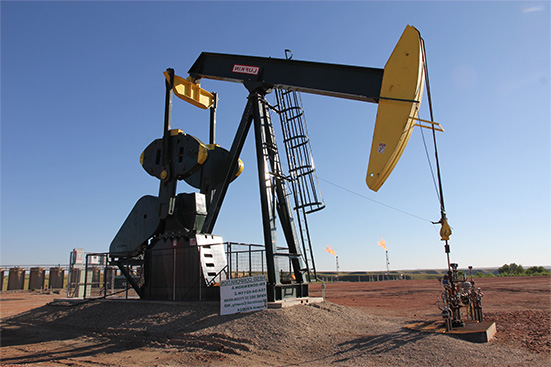
In the dynamic world of oil and gas investment, a groundbreaking shift is underway. Advancements in “Carbon Removal” technologies are not just innovations; they are becoming the bedrock for investor confidence. Referred to as “Net-Zero Oil” and “Enhanced Oil Recovery,” these technologies are set to revolutionize the industry, offering a more sustainable path forward and addressing environmental concerns related to climate change.
For qualified investors, the impact of this change is profound. Oil and gas have traditionally fueled the global economy, but recent environmental concerns have introduced significant challenges to the sector. The development of carbon removal technologies offers hope to those concerned about the long-term sustainability of their investments. Let’s explore how this technological advancement is transforming the industry.
Net-Zero Oil and Enhanced Oil Recovery
The goal is to attain “Net-Zero Oil,” aiming to offset carbon emissions from the oil extraction process by capturing an equivalent amount of CO2 from the atmosphere. Enhanced Oil Recovery (EOR) goes a step further by using captured CO2 to extract more oil from existing fields. This process not only extends the life of mature oil fields but also significantly reduces the carbon footprint of oil extraction activities.
Understanding Enhanced Oil Recovery (EOR)
Enhanced Oil Recovery (EOR) is not merely a buzzword in today’s energy sector; it’s a transformative process that affects the operational, financial, and environmental landscape of oil production. EOR fundamentally uses CO2 injection to enhance the oil extraction process from a field. Here’s a simple breakdown of how it works:
- The Rock’s Nature – Hydrocarbon-producing rock is porous, much like a sponge.
- CO2 Injection – CO2 is pumped into these rocks, which then acts as a propellant to push out oil and gas from their porous hideouts.
- Dual Outcome – The result? A twofold victory. First, oil is recovered more efficiently compared to conventional methods. Second, the injected CO2 gets entrapped in the reservoir, effectively reducing the overall carbon footprint.
Contact DW Energy
Want to learn more about oil & gas investing? Our expert team can provide you with more information or schedule a consultation to talk about diversifying your investment portfolio.

Through EOR, CO2 fulfils two roles: it displaces oil and gas to increase field output and is simultaneously trapped within the rock formations.
The environmental gains are substantial. EOR can lead to around 70 percent lower net emissions compared to traditional extraction methods. For companies that excel in this technology with their highly efficient operations, the result could be the attainment of Net-Zero Oil. This means that the amount of CO2 used and stored offsets the emissions produced during the extraction and burning of oil, aligning with climate goals and providing a cleaner energy source.
By integrating EOR into their operations, oil companies can not only extract more value from existing oil fields but also make strides toward a more sustainable future. For investors, this means supporting a process that not only boosts production efficiency but also demonstrates a commitment to environmental stewardship.
Federal Support and Industry Momentum
All major U.S. oil and gas companies are now shifting focus to carbon removal technologies, backed by significant federal government support. The Biden administration, recognizing the need for a cleaner energy future, is backing these initiatives with billions in tax incentives. This financial support is critical in making carbon capture, utilization, and storage (CCUS) projects more economically attractive.
The Economics of Carbon Capture
According to a report by McKinsey & Company, the Inflation Reduction Act’s generous tax credits for carbon capture make CCUS technology economically viable for ammonia, ethanol, and natural gas facilities. The report states that with the cost of CCUS potentially dropping to about $85 per ton of CO2, we could see up to 4.2 gigatons of CO2 captured annually by 2050. This volume of carbon capture would be a game-changer, ensuring oil & gas companies maintain their significance even in a net-zero future scenario.
The Significance of Oil and Gas Investment
Investing in oil and gas is more than just backing a commodity; it’s supporting an industry that is vital to global energy supply and economic stability. The sector is innovating and adapting, ensuring that it remains an essential component of our energy ecosystem. As these technologies become more prevalent, they are expected to enhance the profitability and sustainability of oil and gas operations, securing the industry’s role in the energy transition.
Investing in oil and gas goes beyond supporting a mere commodity; it involves backing an industry vital for global energy supply and economic stability. This sector is continuously innovating and adapting, maintaining its critical place in our energy ecosystem. As these technologies become more widespread, they are expected to improve the profitability and sustainability of oil and gas operations, affirming the industry’s importance in the energy transition.
Moving Forward
The shift towards a cleaner oil and gas industry is not just a necessity; it’s a reality that’s happening today. For investors, staying informed about these technological advancements is important.
Developments in enhanced oil recovery technology mark a key moment for the energy sector, as well as for qualified oil and gas investors. By lessening the environmental footprint of fossil fuels, these technologies pave the way for a future that’s both more sustainable and potentially more profitable.
Contact dw energy
Sources:
“Enhanced Oil Recovery (EOR): What it Means, Examples,” Investopedia, https://www.investopedia.com/terms/e/enhanced-oil-recovery.asp
“Can we use CO2 in a beneficial way? EOR has the answer,” Oxy, https://www.oxy.com/operations/performance-production/eor/
“Controversial carbon removal technology just got $1.2 billion from the Biden administration,” The Verge, https://www.theverge.com/2023/8/14/23831268/carbon-removal-climate-change-biden-funding-energy-department
“Biden-Harris Administration Announces Up To $1.2 Billion For Nation’s First Direct Air Capture Demonstrations in Texas and Louisiana,” U.S. Department of Energy, https://www.energy.gov/articles/biden-harris-administration-announces-12-billion-nations-first-direct-air-capture
“The world needs to capture, use, and store gigatons of CO2: Where and how?,” McKinsey & Company, https://www.mckinsey.com/industries/oil-and-gas/our-insights/the-world-needs-to-capture-use-and-store-gigatons-of-co2-where-and-how
